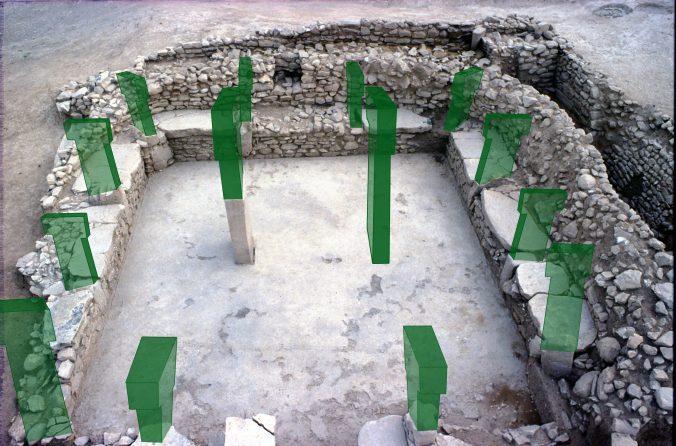We frequently get questions regarding the interpretation of Göbekli Tepe, and much of our work really centers around that issue. Is it a temple, a sanctuary, something else? How does Göbekli Tepe relate to similar phenomena in contemporaneous and later sites? We want to throw some more light on this by asking the following question in a session organised in the frame of the EAA Annual Meeting 2017 in Maastricht.

What is so special about Neolithic special buildings?
Organizers: Oliver Dietrich1, Laura Dietrich1; Deniz Erdem 2; Jens Notroff 1; Krisztián Oross3
(1. German Archaeological Institute, Orient Department; 2. Centre of Research and Assessment of Cultural Environment (TACDAM), Middle East Technical University; 3. Institute of Archaeology, Research Centre for the Humanities, Hungarian Academy of Sciences)
Extraordinary features which challenge conventional interpretations are readily denoted as ‘special’ by archaeologists. ‘Special buildings‘ is an often-used label in Near Eastern Archaeology for constructions deviating in architecture, elaborate inner fittings, finds and often also treatment after the end of use (intentional destruction, burial) from domestic spaces. ‘Special buildings’ start to exist during the Epipalaeolithic and the Pre-Pottery Neolithic in the region between the Levant and Upper Mesopotamia, well-known examples come inter alia from sites like Göbekli Tepe, Jerf el Ahmar, Nevalı Çori, or Çatalhöyük.
The term ‘special building’ is not unknown in the European Neolithic, although with a considerably different meaning. In Europe, constructions such as megaliths, earthworks and ditches have been approached in ways similar to the ‘special buildings’ of the Near East, without labelling them as one group however.
A general approach to this issue is still missing. The essential question is whether by ‘special buildings’ we are facing a phenomenon common to Neolithic societies which has to be considered another component of the so-called Neolithic Package.
The session follows two main questions:
- Are there really commonalities between the buildings categorized as special, i.e. is ‘special buildings’ more than an ill-defined label for the uncommon? Could we converge the information to a common definition?
- Is there a tradition of ‘special buildings’ throughout the Neolithic, are they part of the ‘Neolithic package’ transferred from the Near East to Europe? If so, what elements travel, what meanings change?
Submission for Papers and Posters is open from 3 Febrauary 2017, session number is 322:

Recent Comments